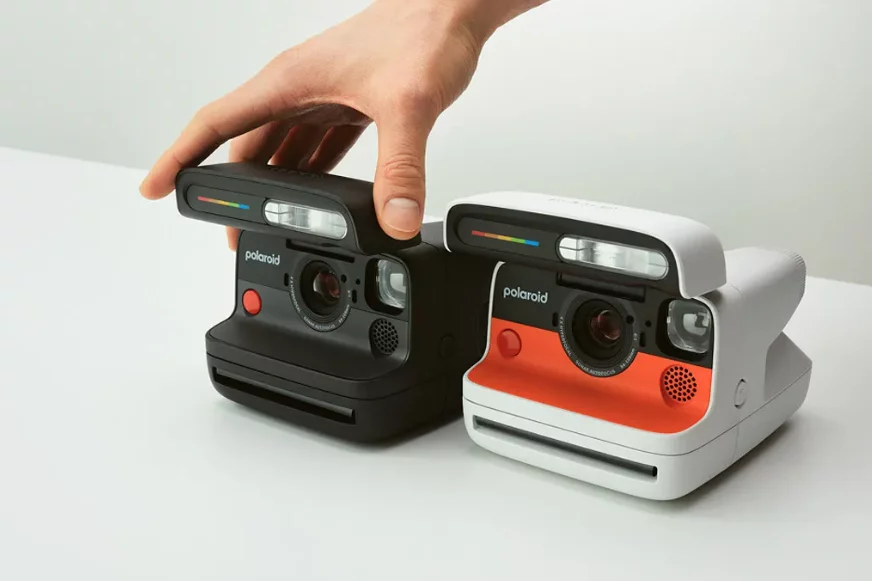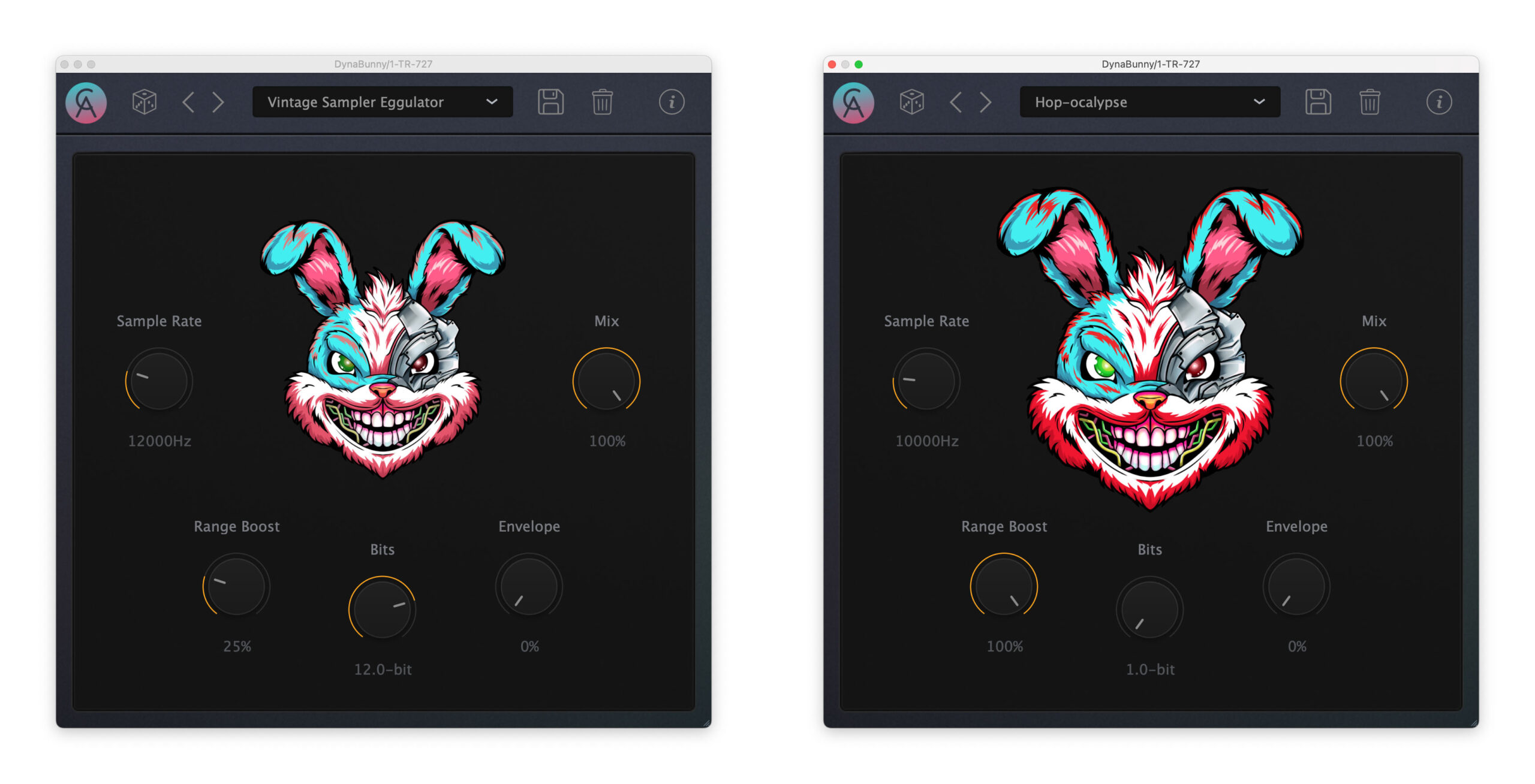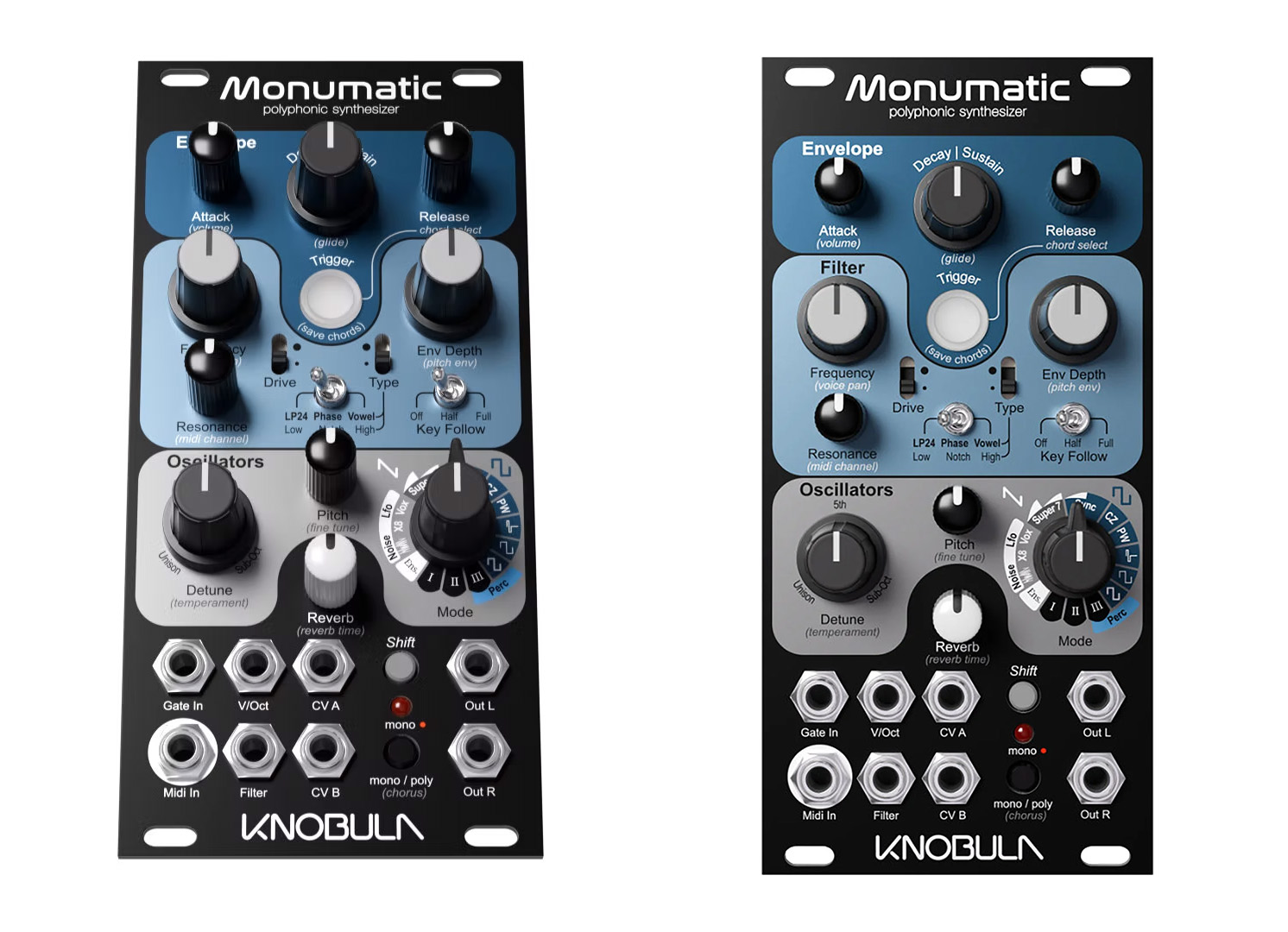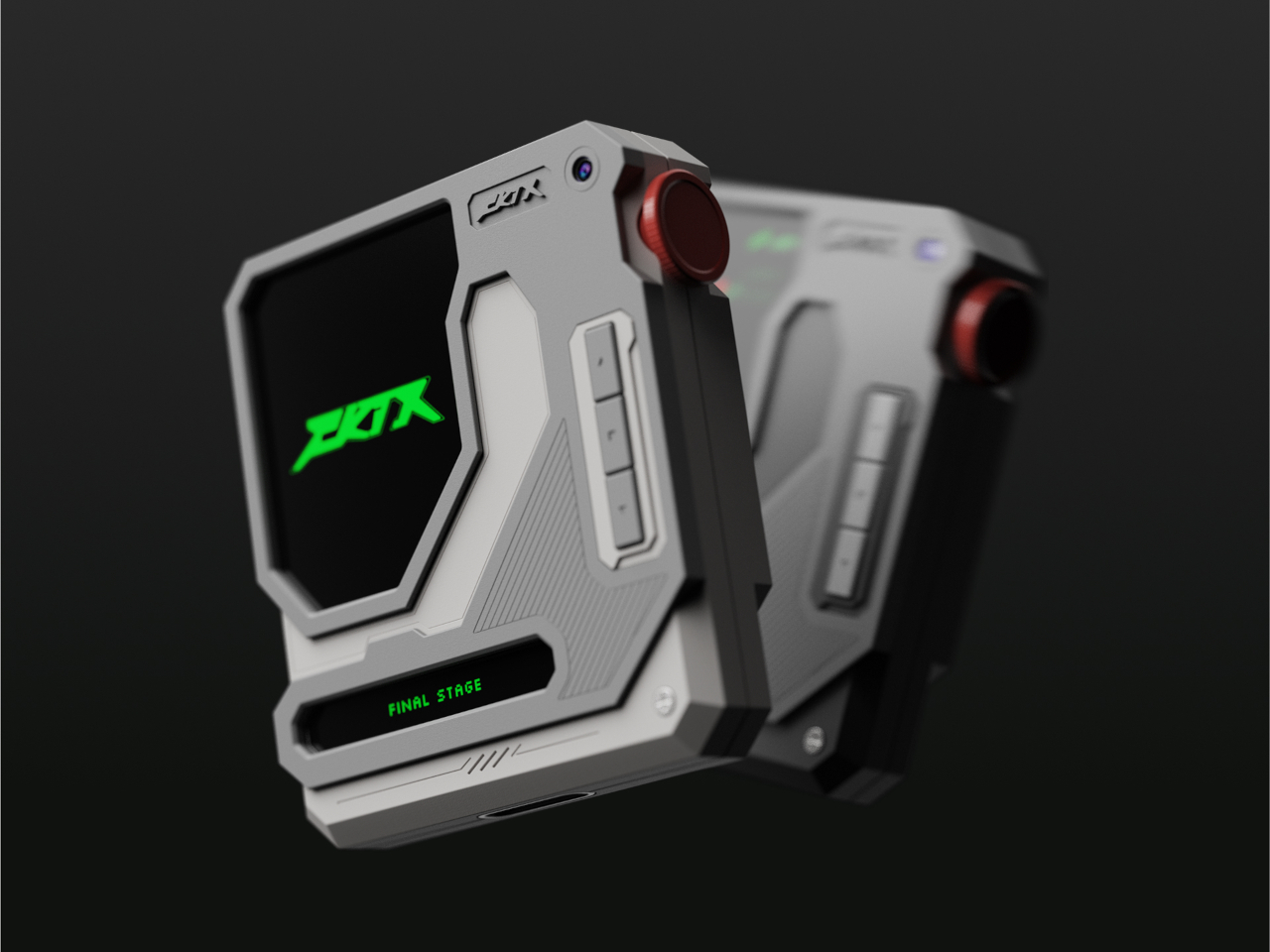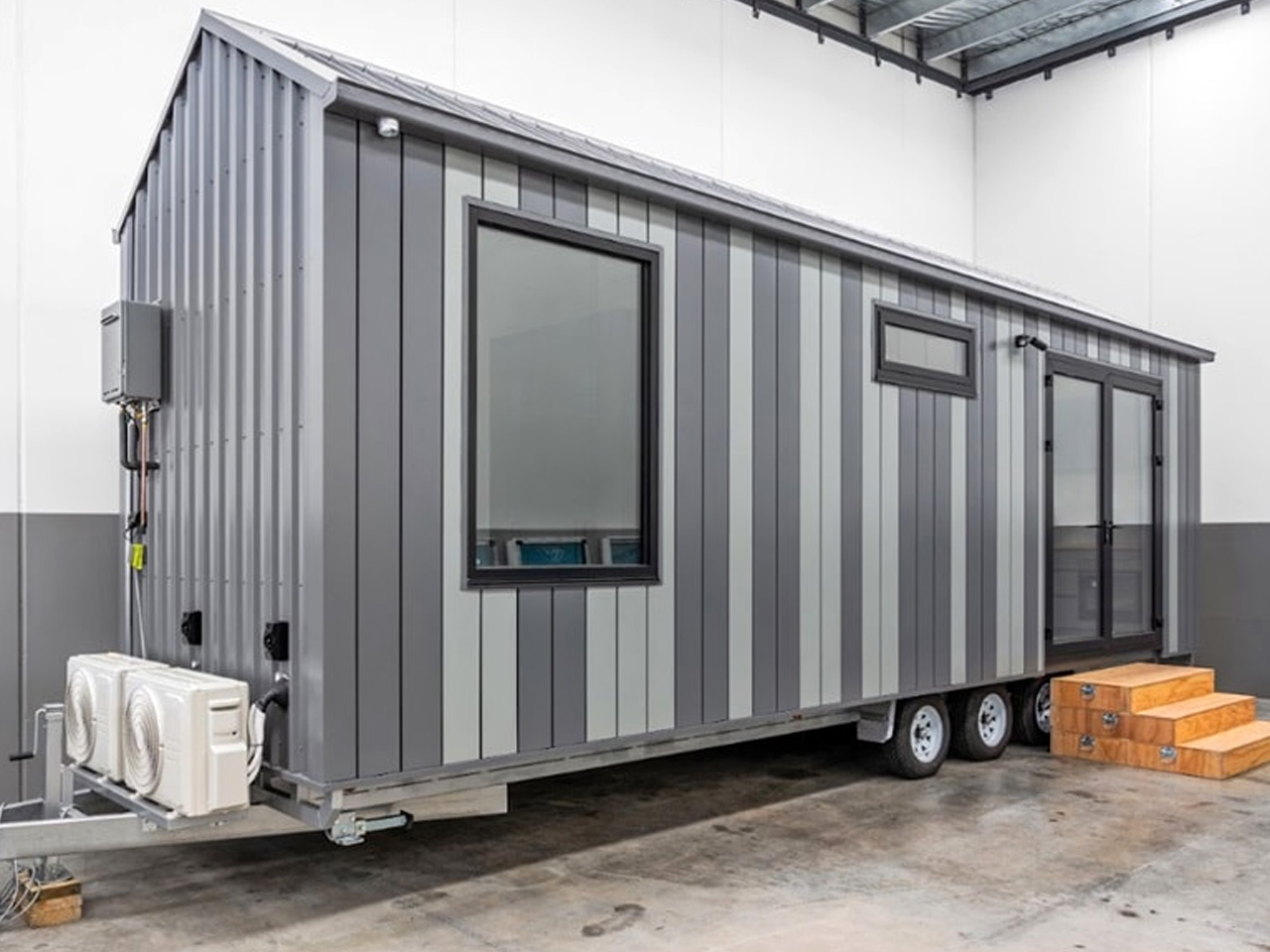Design In Motion: The Unexpected Ways Kinetic Design is Making Everyday Objects Come Alive
Design In Motion: The Unexpected Ways Kinetic Design is Making Everyday Objects Come AliveKinetic designs seem to have a life of their own. They embody emotions and help us view things in a new perspective by integrating fluid...


Kinetic designs seem to have a life of their own. They embody emotions and help us view things in a new perspective by integrating fluid movement into products, enabling them to transform in appearance, functionality, and shape. Unlike the static designs of yesterday, kinetic creations establish a dynamic interplay between motion and form, making products not just more engaging but genuinely responsive to our interactions. When I encounter a product that shifts, adapts, or responds to my presence, I experience design at its most magical—where the boundary between object and experience dissolves.
The evolution of industrial design, propelled by breakthroughs in materials science and technology, has opened extraordinary possibilities for these living products. What excites me most is how kinetic designs can respond to multiple stimuli—touch, sound, light, or even temperature—resulting in mesmerizing changes in color, texture, and form. As someone who appreciates the subtleties of thoughtful design, I’ve noticed how this sense of movement breathes life into everyday objects, elevating their aesthetics beyond mere functionality to create emotional connections. When a product moves with purpose, it doesn’t just serve a function; it tells a story, invites interaction, and transforms the mundane into something worth experiencing.
What are the key principles of Kinetic design in products?
- Creates Movement: The product can integrate physical movement and create the illusion of motion within the design of the product.
- User Interaction: Kinetic design fosters highly interactive products that engage users through touch and emotional responses.
- Fluid Design: Fluid design features organic, flowing forms that suggest motion and make the product feel dynamic.
- User-Centric: When designing kinetic products, it’s essential to ensure that movement and interaction enhance usability.
- Immersive Design: Utilizing tactile elements enhances the user experience through visual and auditory elements.
- Fluid Design: A fluid design features organic, flowing forms that suggest motion and make the product feel dynamic.
These core principles of kinetic design are brilliantly manifested throughout the showcased examples. “The Dots” installation embodies movement and user interaction by dynamically altering transparency in response to viewers’ proximity. The Core and Bolita lamps exemplify fluid design through organic forms that breathe life into spaces, while maintaining user-centricity by transforming control mechanisms into intuitive experiences. The Minimal Kinetic Clock demonstrates how movement can create immersive visual storytelling through light and shadow. Meanwhile, the scissor door and origami chess set showcase how tactile interaction can elevate everyday objects into engaging experiences. Each example balances aesthetic movement with practical functionality, proving that kinetic design doesn’t just create visually striking products – it fundamentally transforms how we experience and connect with them. Read on for a deeper dive into each design.
1. Kinetic Sculpture

“The Dots” is an interactive installation by Jack Lee that uses kinetic art and technology to highlight the impact of human activity on the environment. The piece consists of seven polarized panels arranged in a hexagonal grid, which change their transparency in response to the viewer’s proximity. By using servo motors and sensors, the installation dynamically alters the panels’ transparency based on the angle of light, creating mesmerizing visual effects.


As viewers approach or move, the polarization angles shift, offering a captivating, immersive experience that encourages reflection on environmental responsibility. Beyond its artistic context, the technology used in “The Dots” has potential applications in public spaces, museums, and urban design. Integrating interactive, eco-conscious elements into architecture could promote sustainable behavior and inspire more engaging environmental education. “The Dots” demonstrates how art and technology can work together to foster awareness and action toward a more sustainable future.
2. Kinetic Lighting


The Core chandelier by Hsin Lee is a stunning fusion of art and functionality, designed to be more than just a light source. Inspired by the shape and growth of a pine cone, this kinetic chandelier features copper leaves that open and close in response to a central mechanism, filling the room with soft, dancing beams of light. As the petals move, they reflect light, creating mesmerizing, shifting patterns and turning the chandelier into a captivating focal point.

When installed at Kawabata Intcraft, an 84-year-old Japanese-style art club, the chandelier was hung above a spiral staircase. It drew the viewer’s eye upward as it gradually opened and closed, mimicking the rhythm of breathing and bringing the space to life. The installation was conceived as part of Lee’s exploration of the relationship between artistic sculpture and historical architecture. Made from 87 precisely crafted brass pieces, the Core chandelier relies on intricate mechanical engineering, with its inner workings hidden within the copper shell, much like an exoskeleton.


The Bolita glass lamp combines elegance and interactivity in a minimalist design. It features a sleek disc base with a central LED light and a glass sphere that both diffuses the light and acts as the control interface. Instead of traditional knobs or sliders, the lamp’s brightness is adjusted by sliding the glass sphere across the base. Note that the closer the sphere is to the edges, the dimmer the light becomes. However, placing the light at the center achieves the brightest setting.

This unique and tactile design of the Bolita lamp not only transforms it into a functional lighting fixture but also a playful, sensory experience. Even when turned off, it adds a touch of elegance to any space. It is perfect for those who appreciate both form and function. This lamp transforms into a fragile piece of art with attractive visual and tactile properties that encourage the user to touch and experience the products.
3. Kinetic Clock

The Minimal Kinetic Clock by YouTuber Lukas Deem combines art and technology to create a visually striking timepiece. At first glance, it appears as a flat white plastic surface, but due to its moving parts, it transforms into a three-dimensional clock. Positioned under dramatic lighting, the clock’s motion creates captivating highlights and shadows that enhance its minimalistic design. Lukas built the clock from scratch using 3D-printed parts, an Arduino Mega SoC, motors, sensors, and budget-friendly servos.


The design aims to elevate timekeeping into kinetic art, and a careful selection of materials like white Hatchbox filament and a Real-Time Clock (RTC) module ensures accurate timekeeping. The assembly process required testing and calibrating 30 servos, and Lukas had to find a power solution for the components efficiently using two power supplies. Since the servo motors are relatively noisy, they are better suited for open spaces rather than quiet rooms.
4. Kinetic Furniture

Created by YouTuber Dekay’s Crafts, the kinetic scissor door offers an innovative and interactive take on traditional door design. Unlike typical doors that either swing open or slide, this unique design breaks the door into six segments that fold and fragment as it opens, then reassemble into a flat panel when closed. The door’s movement is powered by six strategically placed hinges, allowing the segments to shift and come together, creating a dynamic visual effect.


The door is cut at a 45° diagonal and has a 2:1 rectangular shape, giving it a modern, geometric appeal. While the kinetic movement doesn’t provide any significant functional advantage, it transforms a simple cabinet door into an engaging and artistic piece. The motion of the door adds an element of surprise and fascination, offering an underlying interactive experience. Although primarily for aesthetic value, the kinetic scissor door demonstrates how design innovation can elevate even the most ordinary household elements into something extraordinary.
5. Kinetic Board Games

This magnetic, compact chess set is a blend of sleek design and precision engineering. The board features a self-centering mechanism and securely stores all the pieces, while the solid walnut surface allows you to “feel” the center of each square. The chess set’s clever origami-inspired mechanism lets it transition smoothly between storage, setup, and play modes. When in play, the pieces stay firmly in place, due to their subtle magnetic bases.


Weighing nearly eight pounds, the LE1 set includes a solid walnut playing surface housed in a precision-machined, black-anodized aluminum chassis. Four panels are connected by brushed stainless steel hardware, allowing for dynamic configuration changes. The custom chess pieces are CNC-machined from Dymalux, a durable, resin-infused birch laminate commonly used for knife handles and jewelry. This material provides both strength and a satisfying tactile feel, with the magnetic base offering additional weight to the pieces without interrupting the game. The level of detail in the pieces, especially the Knights with their finely sculpted features, is exceptional. The Kings are topped with polished stainless steel crosses.
Exploring these remarkable kinetic creations leaves me with a profound appreciation for how movement transforms ordinary objects into extraordinary experiences. From the environmentally responsive “The Dots” installation to the breathing rhythm of the Core chandelier, these designs demonstrate how kinetic elements can communicate powerful messages and evoke emotional responses. The tactile interaction of the Bolita lamp, the mesmerizing time-telling shadows of the Minimal Kinetic Clock, the surprising fragmentation of the scissor door, and the satisfying unfold of the LE1 chess set—each exemplifies how motion can be harnessed not just for functional purposes but as a fundamental design language that speaks directly to our innate fascination with things that move.
What excites me most about the future of kinetic design is how it blurs the boundaries between art, technology, and everyday utility. These designs aren’t merely objects we use; they’re experiences we participate in, relationships we form. As materials science and engineering continue to advance, I anticipate even more seamless integration of movement into our daily lives—perhaps surfaces that respond to environmental conditions, furniture that adapts to our posture, or lighting that choreographs itself to our moods. The kinetic approach reminds us that good design isn’t static or final but alive with possibility—breathing, shifting, and evolving alongside us, transforming not just how products look, but how we feel when we engage with them. In a world increasingly mediated through screens, these tangible, moving creations reconnect us to the physical joy of interaction that makes design truly meaningful.
The post Design In Motion: The Unexpected Ways Kinetic Design is Making Everyday Objects Come Alive first appeared on Yanko Design.




























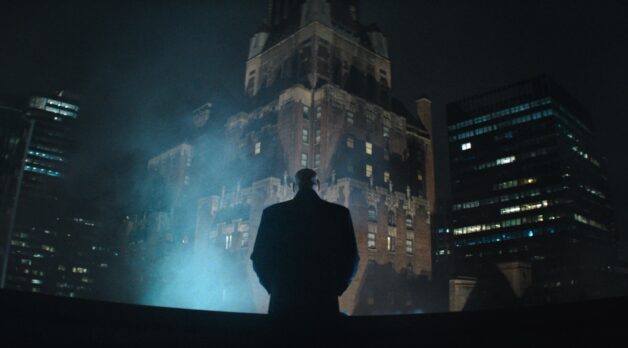






























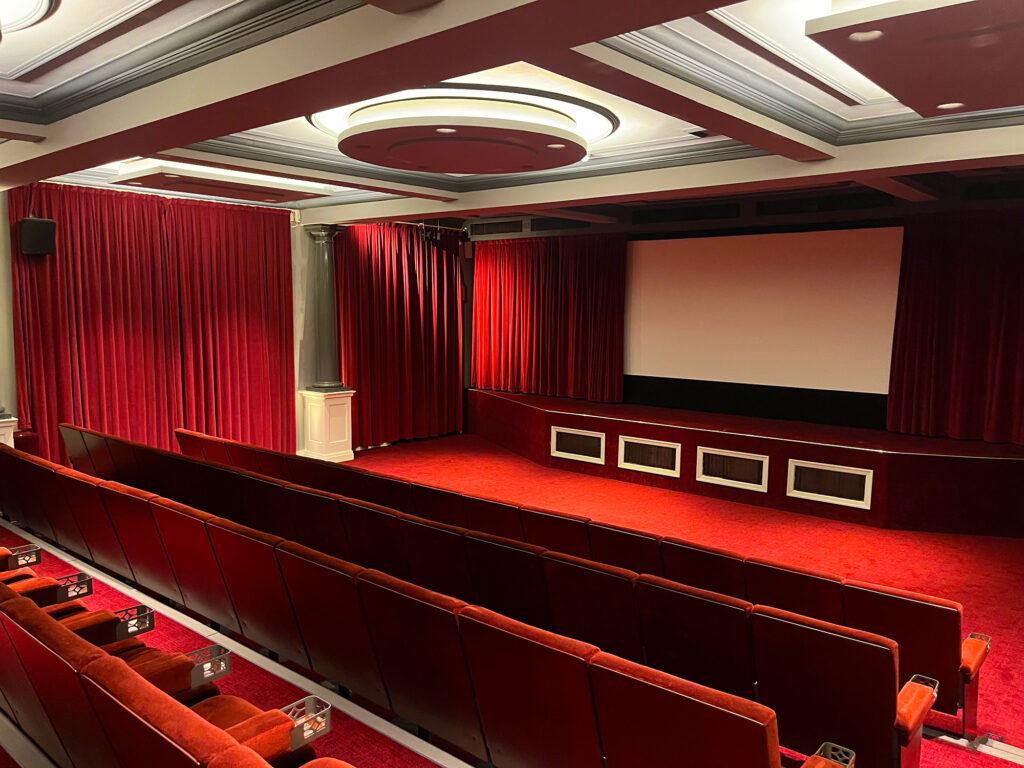
































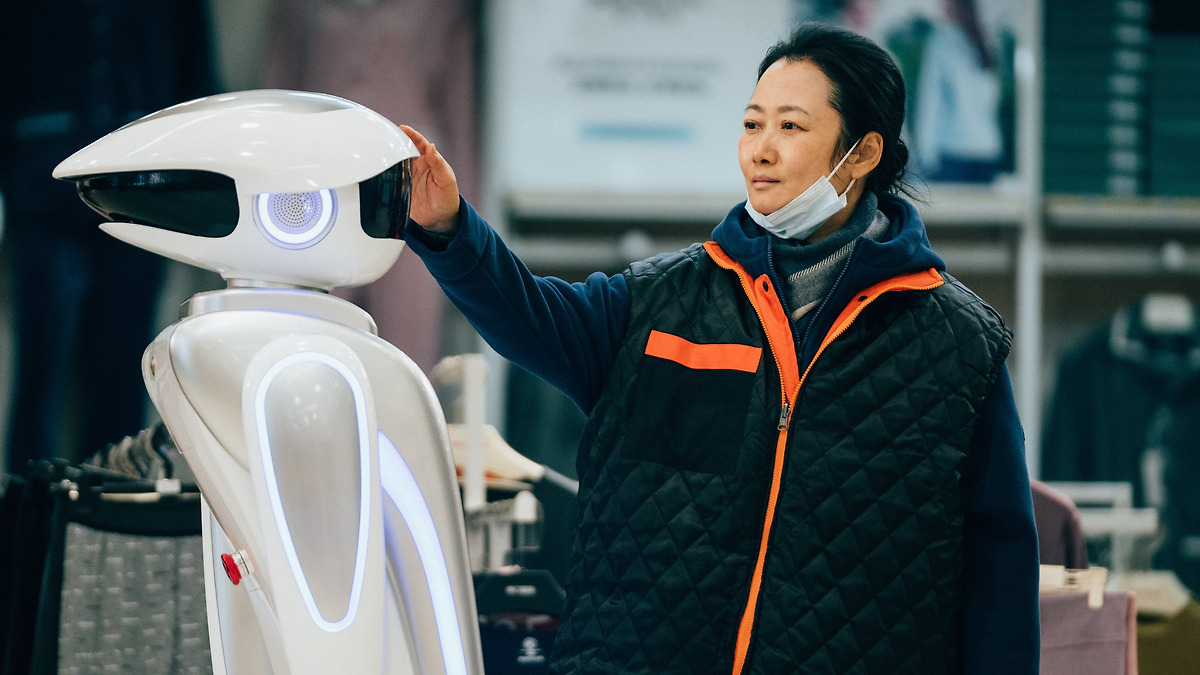

















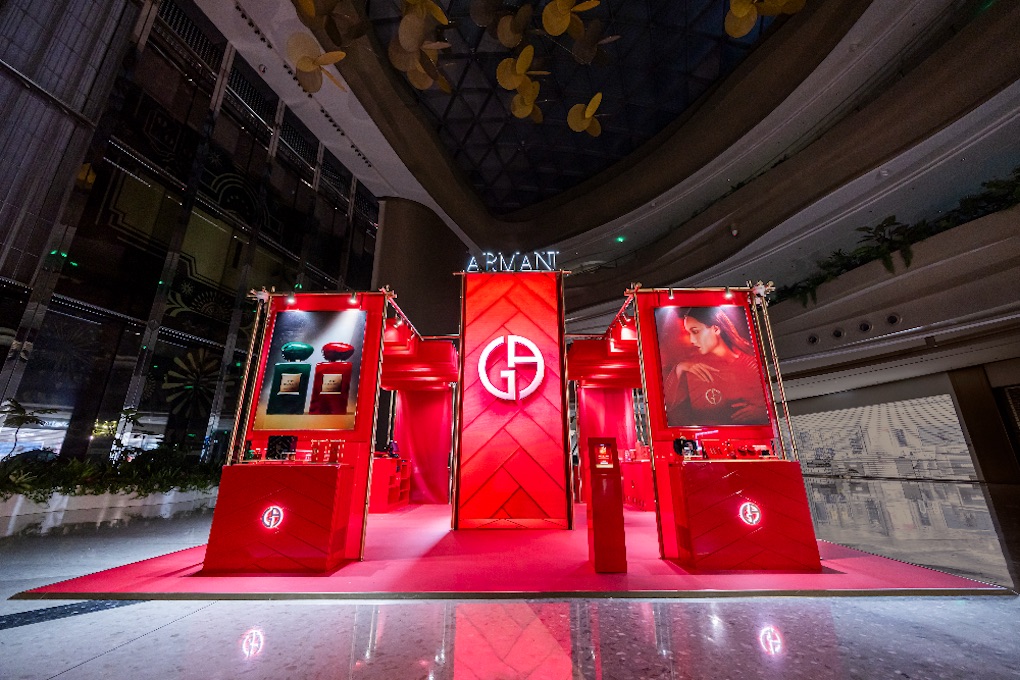






























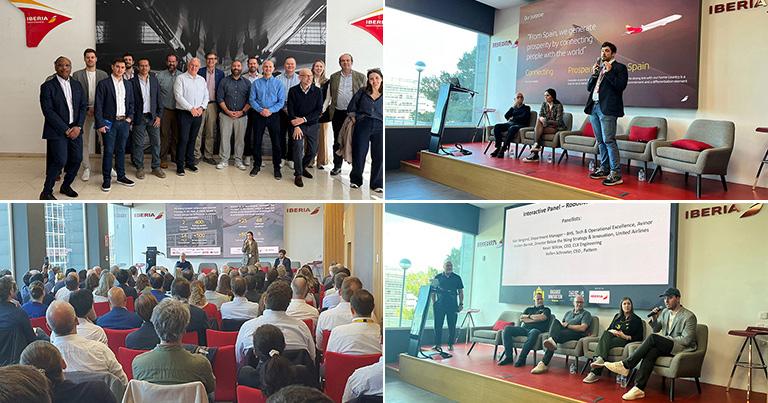

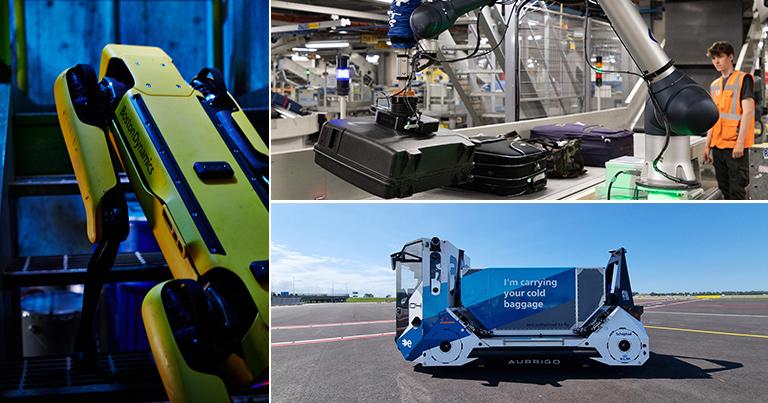














































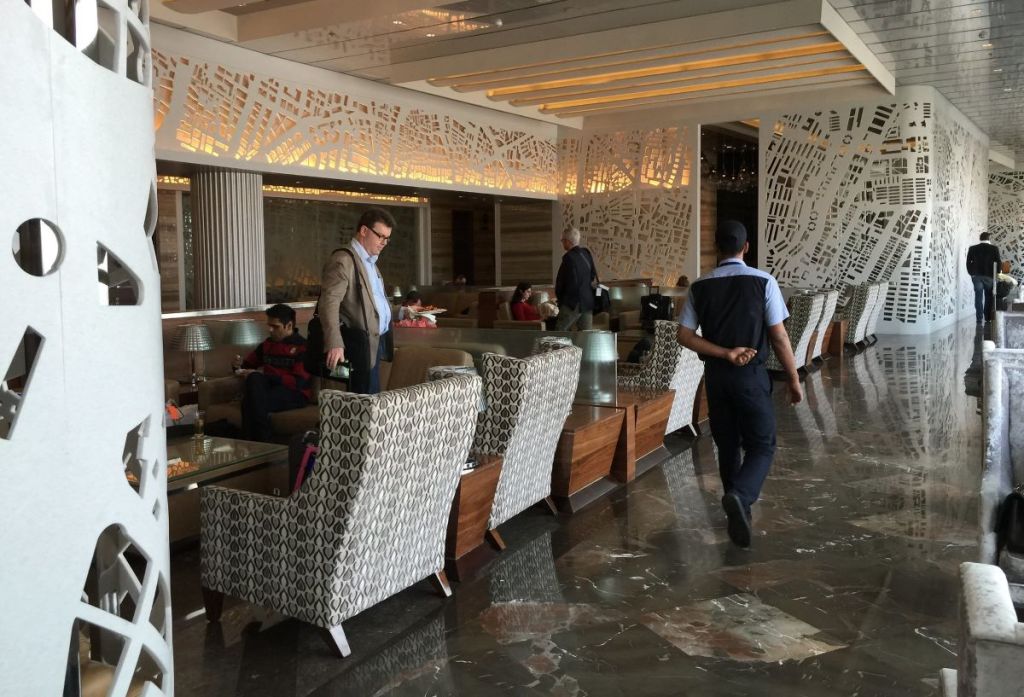
























![It’s Unfair to Pay 100% for 50% of a Seat—Why Airlines Must Start Refunding Customers When They Fail To Deliver [Roundup]](https://viewfromthewing.com/wp-content/uploads/2025/04/broken-american-airlines-seat.jpeg?#)





















































































































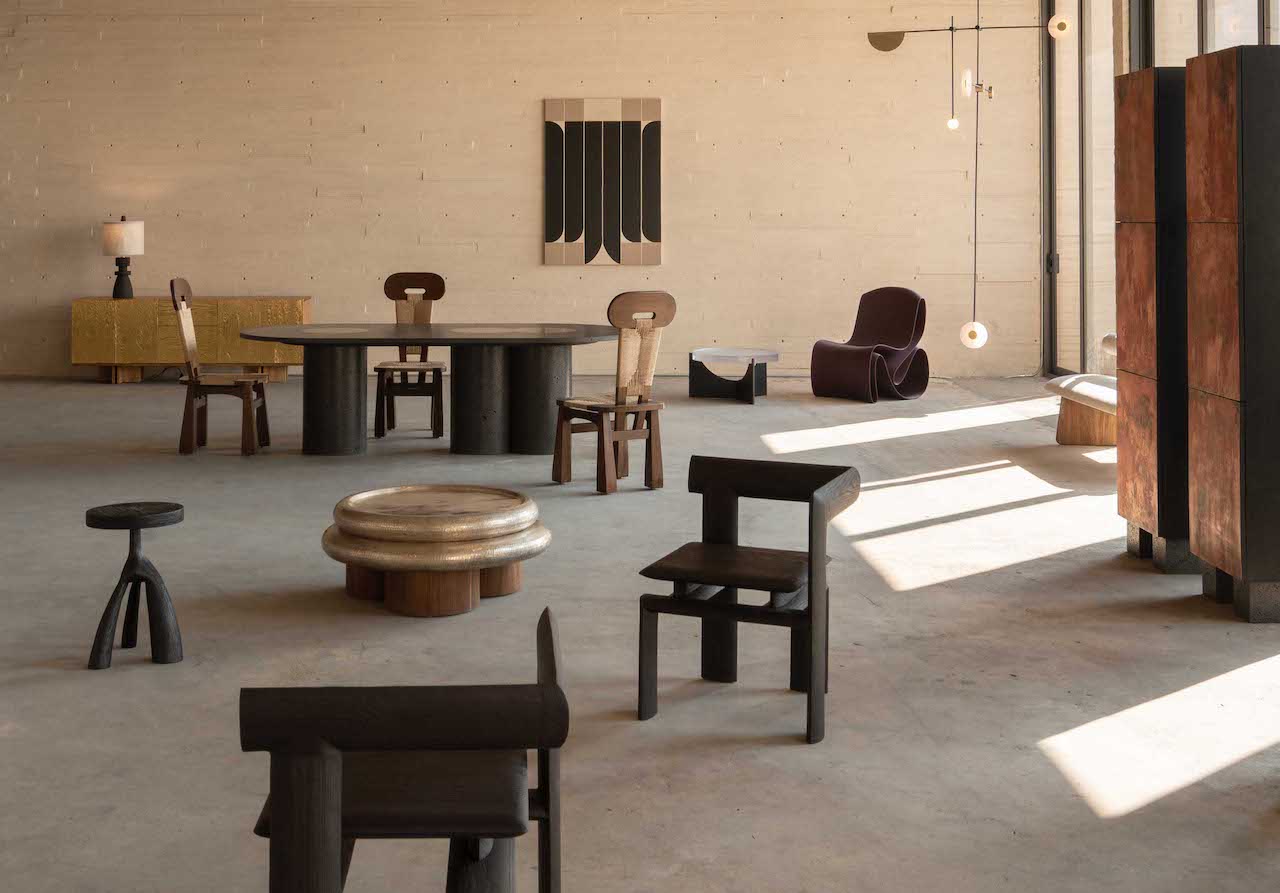
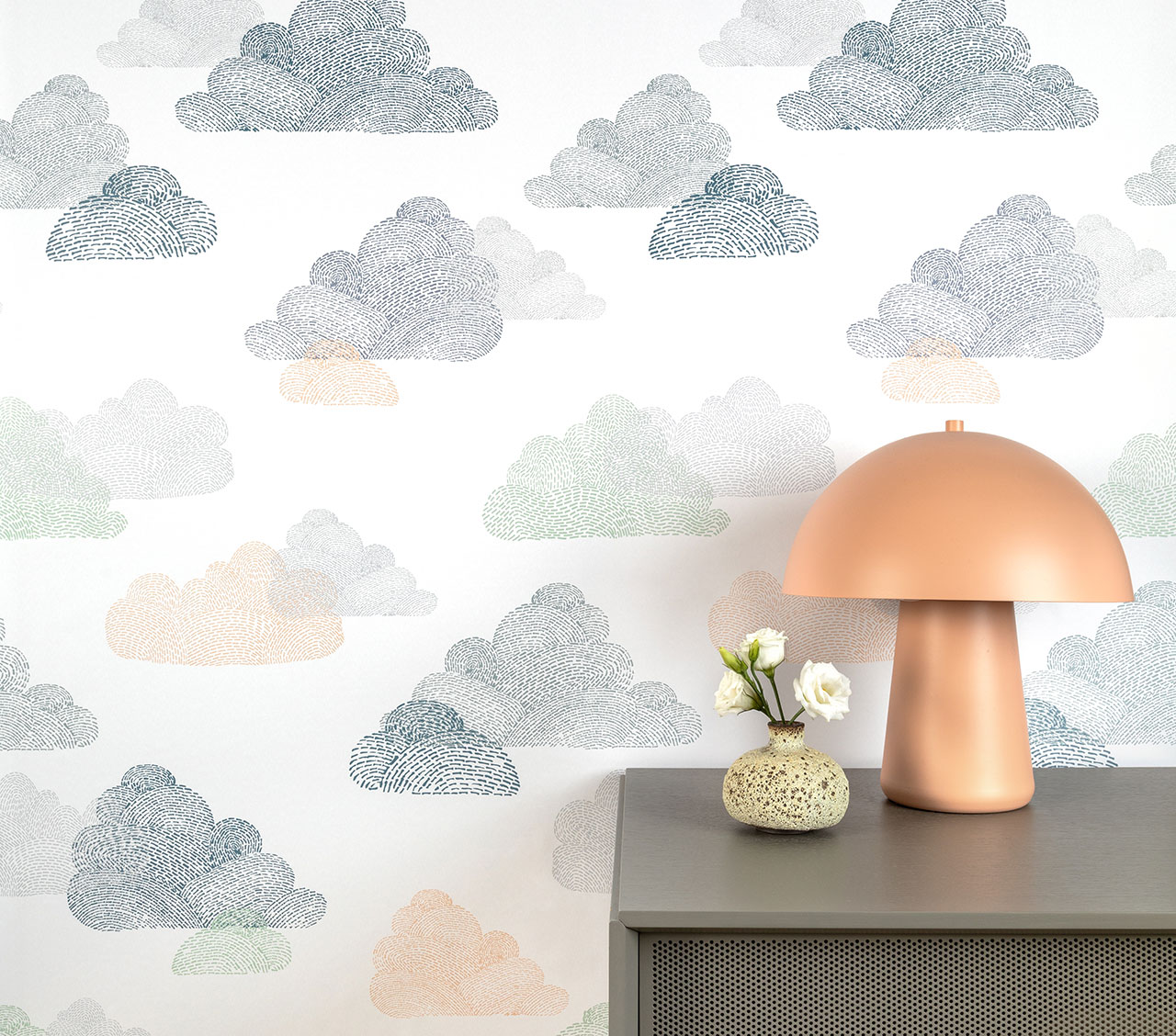









































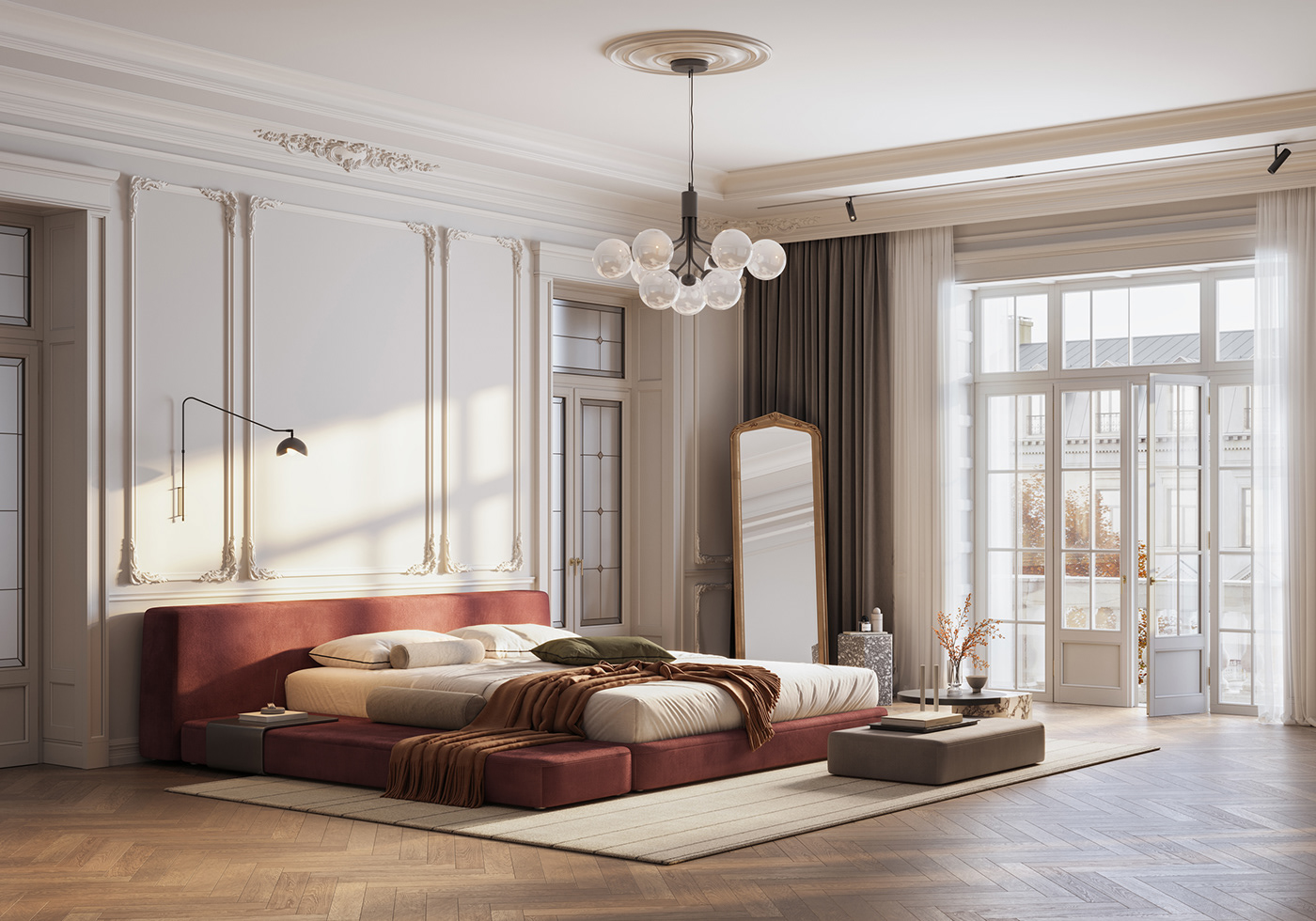
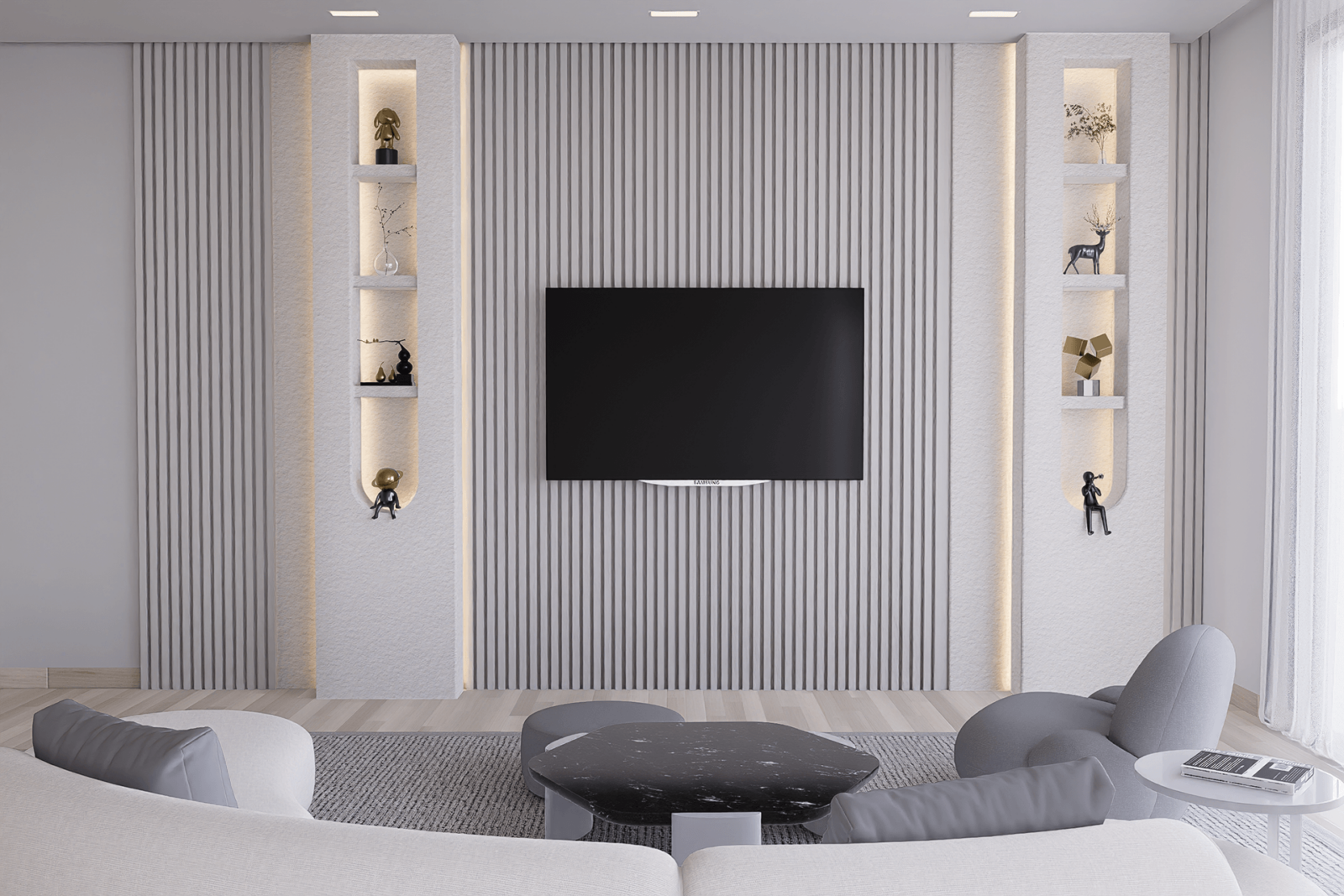
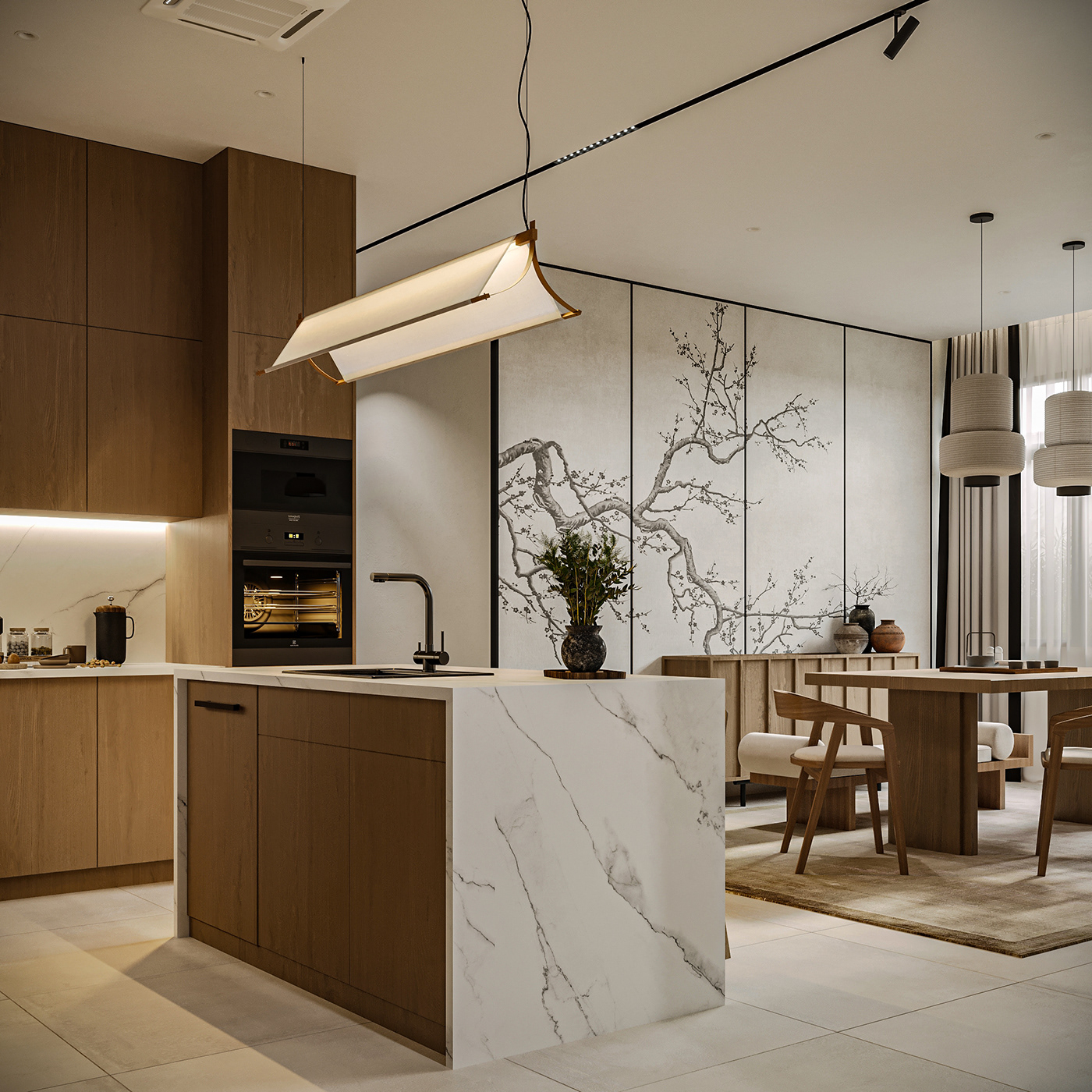
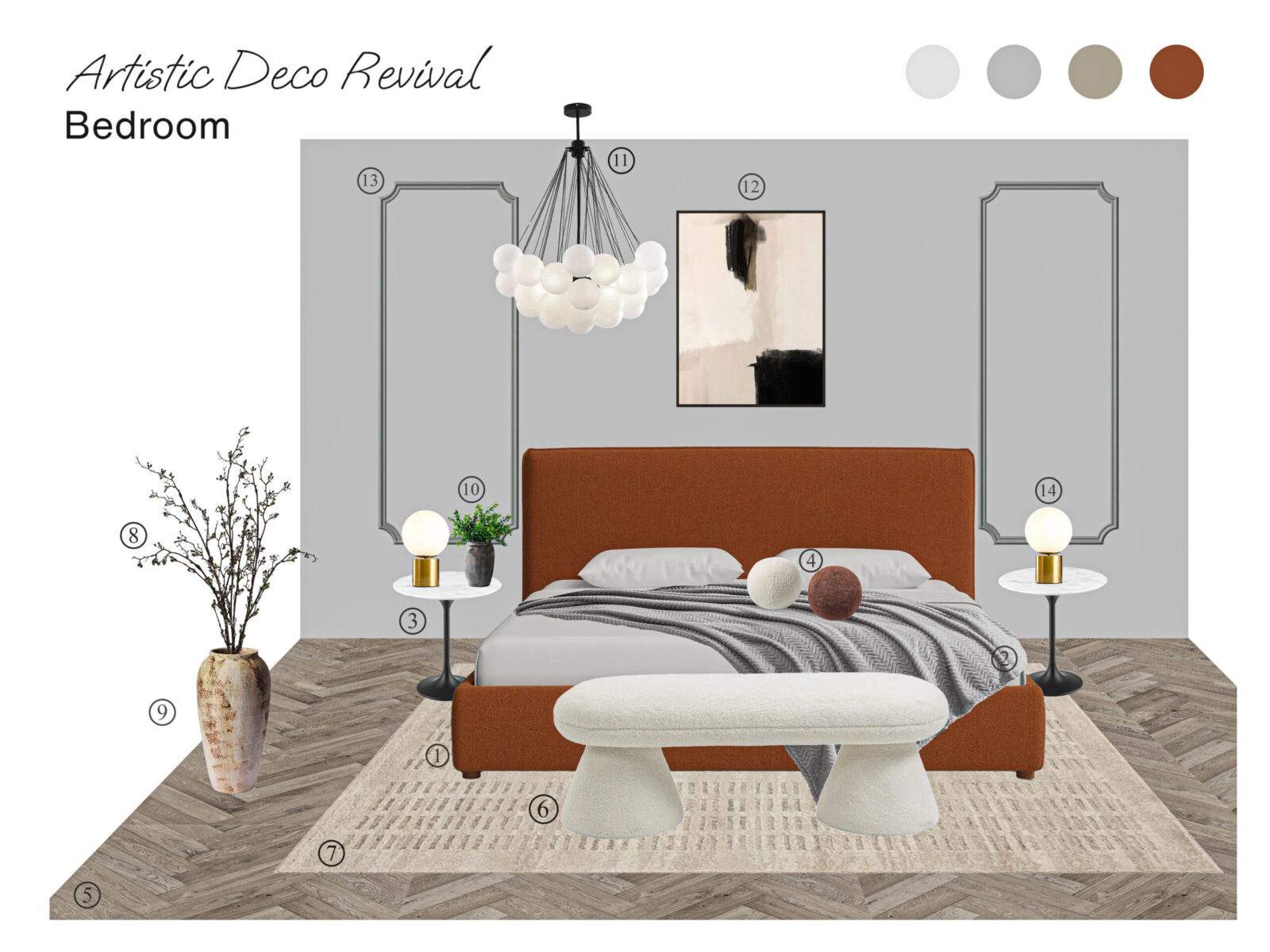




![[Podcast] Unlocking Innovation: How Play & Creativity Drive Success with Melissa Dinwiddie](https://justcreative.com/wp-content/uploads/2025/04/melissa-dinwiddie-youtube.png)








